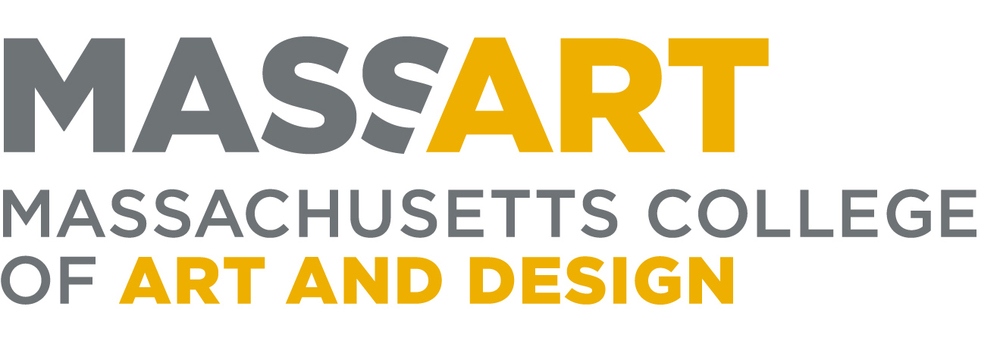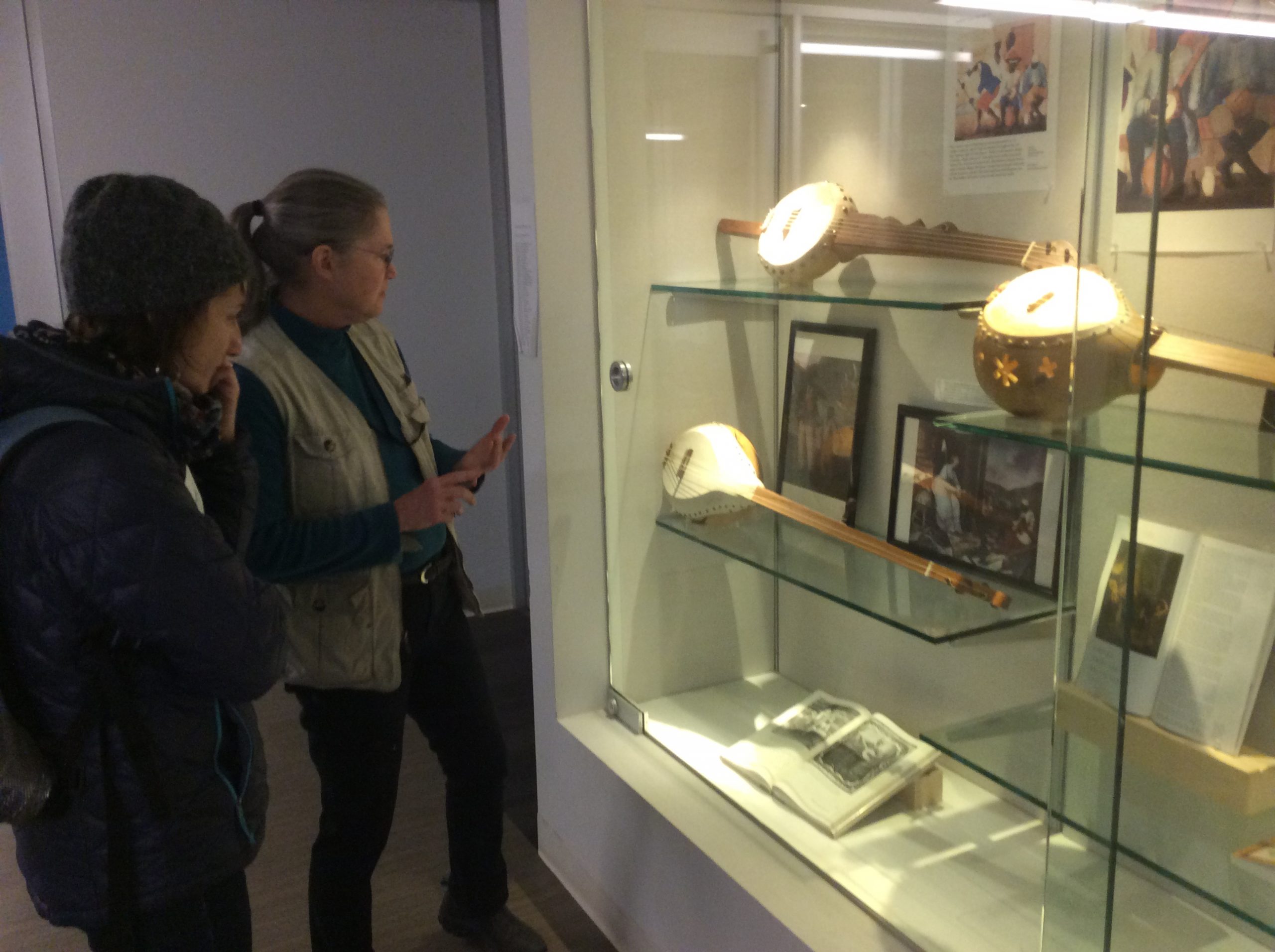Integrative Learning in “The American Banjo Project” at MassArt
In November, I had the opportunity to visit the Massachusetts College of Art and Design in Boston, and drop in on an innovative paired course undertaking. “The American Banjo Project” links an art history course with a course in studio technologies, and provides a great example of the potential of interdisciplinary and integrative learning. The studio part is led by sculptors Rick and Laura Brown, MassArt sculpture professors and also founders of Handshouse Studio, while the historical angle is handled by art historian Ezra Shales, who specializes in American craft and material culture.


Shales examines the evolution of the banjo in American culture as the instrument travels in time and morphs in nature, from Africa to the plantations of the American south; from the overtly racists songs and miming of 19th century minstrel shows to its appearances as a mainstay of Appalachian mountain music; and from its appropriation in therenaissance of American folk music in the 20th century forward to its re-appropriation in the contemporary genres and sub-genres of “roots” music. Students learn about the materials and techniques of instrument making in the New World, with a focus on how the craft-based origins of the African predecessors of the banjo are eventually transformed in America by the shift to mass production processes ushered in by the Industrial Revolution. Meanwhile, in the wood studio with Rick and Laura, each student embarks on an individual project to create a full-size working replica of a 17th century plantation gourd banjo.
The resulting experience sees the group struggling through a thicket of challenges, intellectual and artistic. They confront the explicitly racist-supremacist foundations of American economic and social development, and the lingering expressions of that racism in myriad forms in in different time periods in American culture. At the same time, they struggle with the technical challenges of designing and building a functioning musical instrument based on original sketches and paintings from the 17th and 18th century.








The American Banjo Project illustrates the potential of integrated learning and making, purposefully created by its difficult unifying theme, and by enrolling the same group of students in the history and studio courses. As a result of their various projects at Handshouse Studio, Rick and Laura Brown bring years of experience and know-how to the endeavour of bridging historical research with collaborative design and making.
For Ezra Shales, the integration of the two courses was a new and challenging experience, one that proved so stimulating that he has recently drafted an article on the topic for an upcoming issue of Journal of Modern Craft. The art historian, whose area of expertise is craft and material culture, found that retracing the history of the American banjo became a frankly disturbing journey deep into topics and historical problems that were new teaching territory. Racism, stereotyping and cultural appropriation in America, past and present were familiar topics, he emphasized, but he found himself challenged and sometimes shaken by the reality of teaching to them. Professors and students together were forced to debate the ethics of what they were doing: Was the process of making instrument replicas itself a variety of racist cultural appropriation? Was their work questioning or reproducing a racist set of ideas and social conditions? What is, and what should be, the relationship between an artisan’s craft knowledge and her historical awareness? Is it possible, or desirable, to reconcile a painful knowledge of racism and American history, and the joyful musical experience that a uniquely American instrument can produce? These profound questions came to occupy the foreground of the course as the semester proceeded. And according to Shales, student comments at the end of the term highlighted repeatedly the depth and complexity of their engagement. One student said they had learned more American history over the semester than in any other course context, while another explained that the entwined relationship of race and culture in America, past and present, had never so thoroughly examined and debated as it had been in the classroom and the studio.


